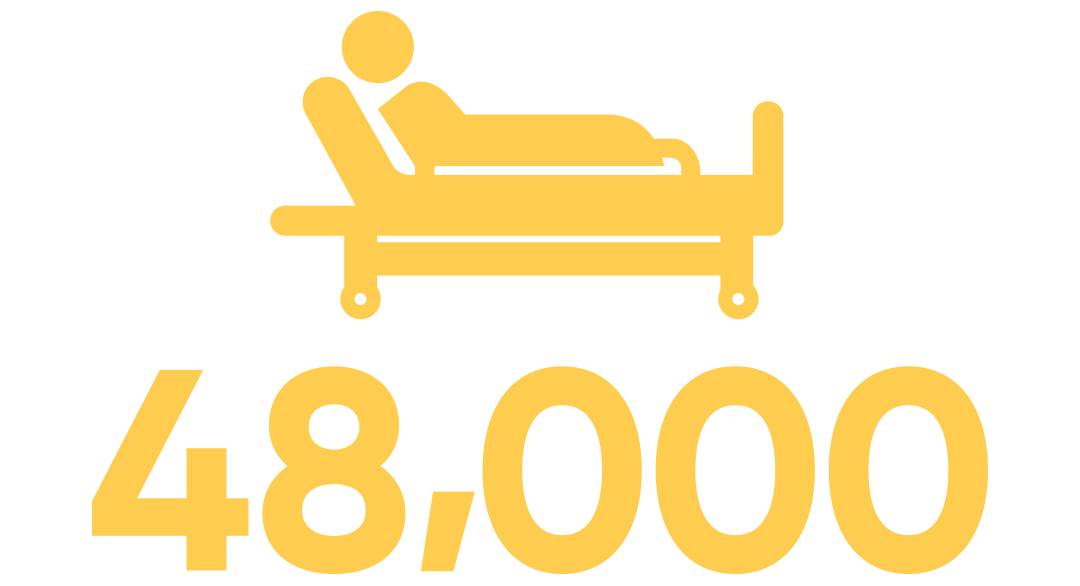Older adults live best at home and in their communities.
Community care is the most cost-effective, compassionate way to keep clients healthy and connected — but it needs investment now to:
Take Action
Connect with your local MPP and ask them to commit to:
Expanding home and community care services to meet growing client and caregiver needs.
Closing the wage gap for community care workers to ensure a stable and motivated workforce.
























Ontario's Health System
is Under Pressure
Ontario’s healthcare system is reaching a tipping point, strained by rising demand, limited access, and an aging population that needs more support than ever before.
Ontario's senior population is projected to increase by 23% by 2029, adding more than 650,000 people over the age of 65.
More than 4 million+ Ontarians will be without a family doctor by 2026.
48,000+ are waiting for long-term care - hospitals and LTC homes are unable to absorb this demand
The Solution is clear - invest in community support services and home care, so seniors can stay healthy and independent where they want to be - at home.
Unpaid Caregiver Pressures
Ontario’s health system relies heavily on loved ones and unpaid caregivers — a vital but overstretched group whose well-being is critical to sustaining community care.
Unpaid caregivers provide approximately 75% of home care.
44% Report experiencing distress.
Many caregivers provide over 20 hours of care per week.
Without formal supports like respite, adult day programs, transportation, and Meals on Wheels, caregiver burnout will worsen, and reliance on institutional care will grow.
Workforce Challenges
Workforce shortages and wage disparities threaten sector stability.
Vacancies remain high at 12%.
Community PSWs and nurses earn $3.50–$10 per hour less than hospital or LTC counterparts, leading to recruitment and retention challenges.
Turnover rates average 18%.
The consequences are costly, including cancelled or shortened visits and longer wait times for clients.
Cost Effectiveness
The cost contrast is stark — caring for people at home delivers better outcomes at a fraction of the cost of institutional care.
Hospital ALC (Alternate Level of Care) days cost $730 per day.
Long-Term Care costs $201 per day.
Home care costs just $103 per day — even with wage parity, only $128 per day.
Shifting care from hospitals and LTC to home care saves hundreds daily and supports clients’ choice to stay at home.
Digital Modernization is Urgent
Ontario cannot achieve system transformation without modern infrastructure and strong leadership. As Ontario’s population ages, technology will play a key role in supporting independent living, fall detection, medication management, and remote health monitoring.
Currently, providers receive no designated funding for the digital tools needed to operate in a modern health system.
Many providers still rely on phones, faxes, and disconnected tools, limiting coordination and forcing clients to repeat their stories.
Investing in leadership and digital infrastructure will ensure we can deliver people-centred care — both now and for the future.
Raise awareness on social media.
Drag and drop one of these prepared social posts, or share your own message with the hashtags
#ChatsSeniors #CareThatsNeeded #EveryoneNeedsHCC
Follow us on social media.
Learn more and share important news and information about CHATS with your network.
Visit us online.
For information on programs and services, ways to donate, joining the CHATS team, and more.
Sign up for
CHATS monthly news.
Tune in to our podcast.
We need greater investment
in Home & Community Support Services
for a better future for all.
Make a difference and start the conversation.




























